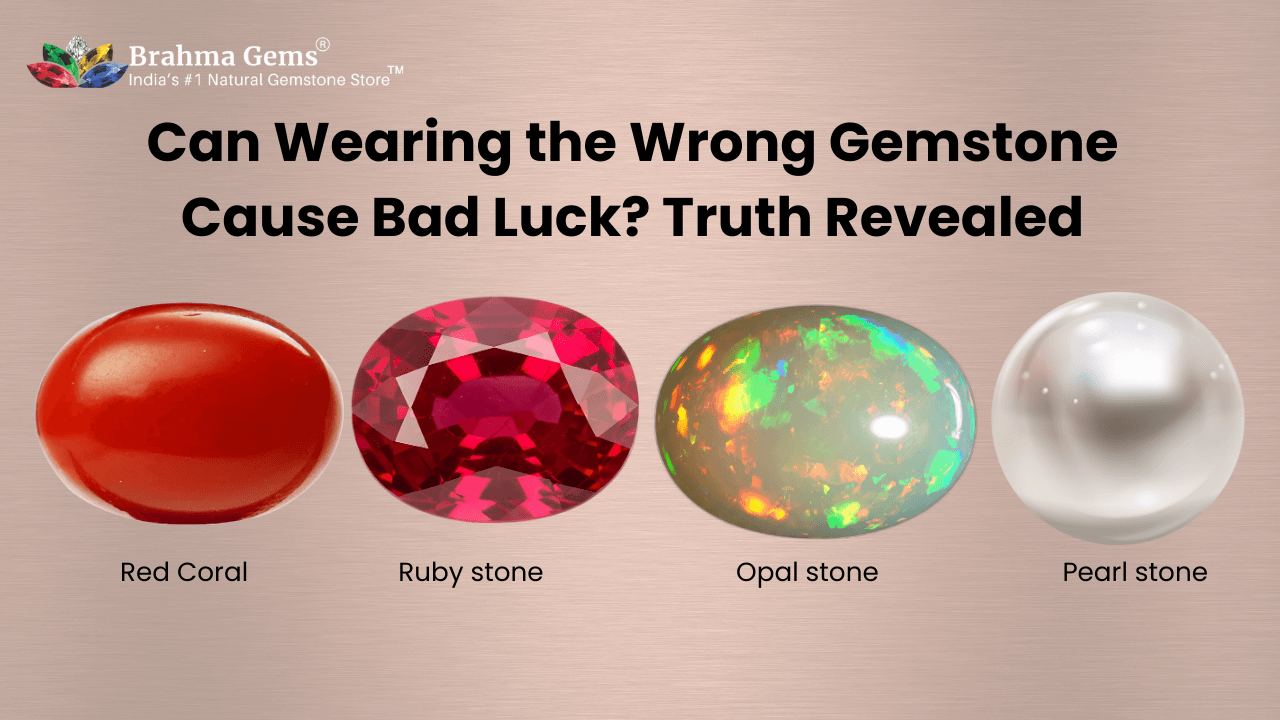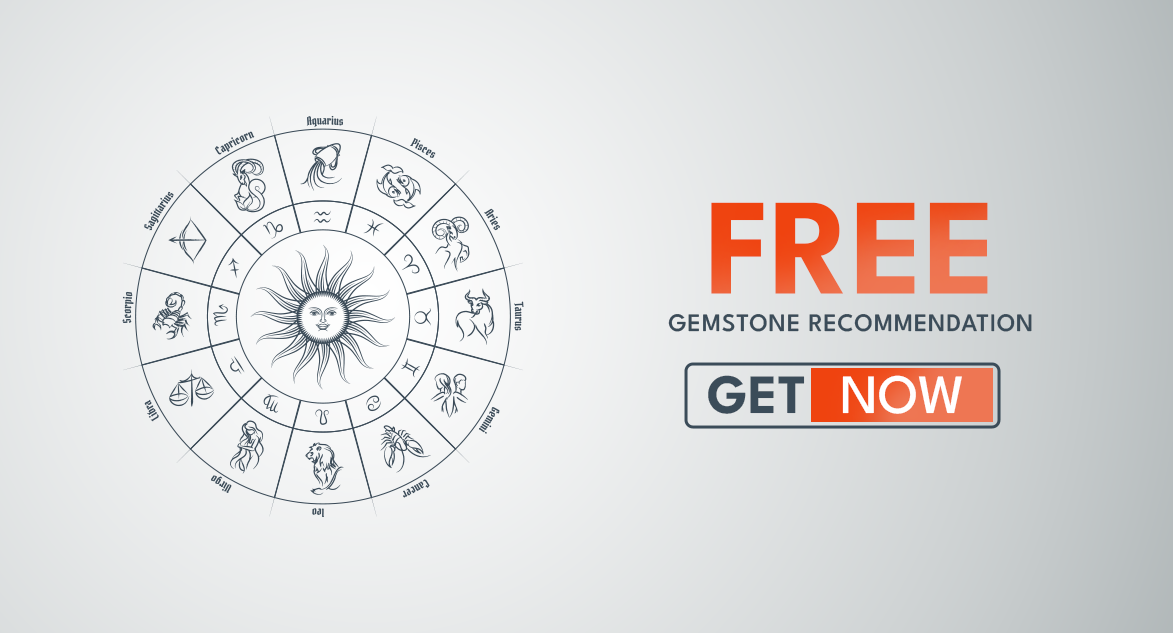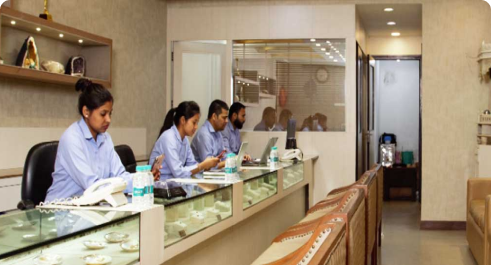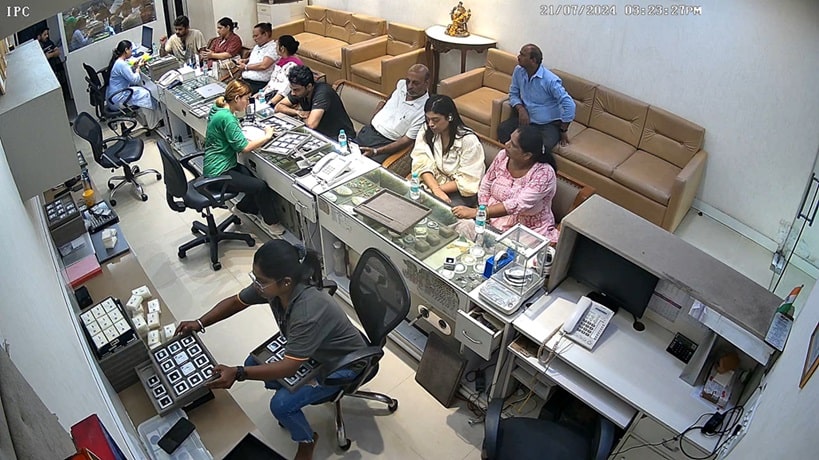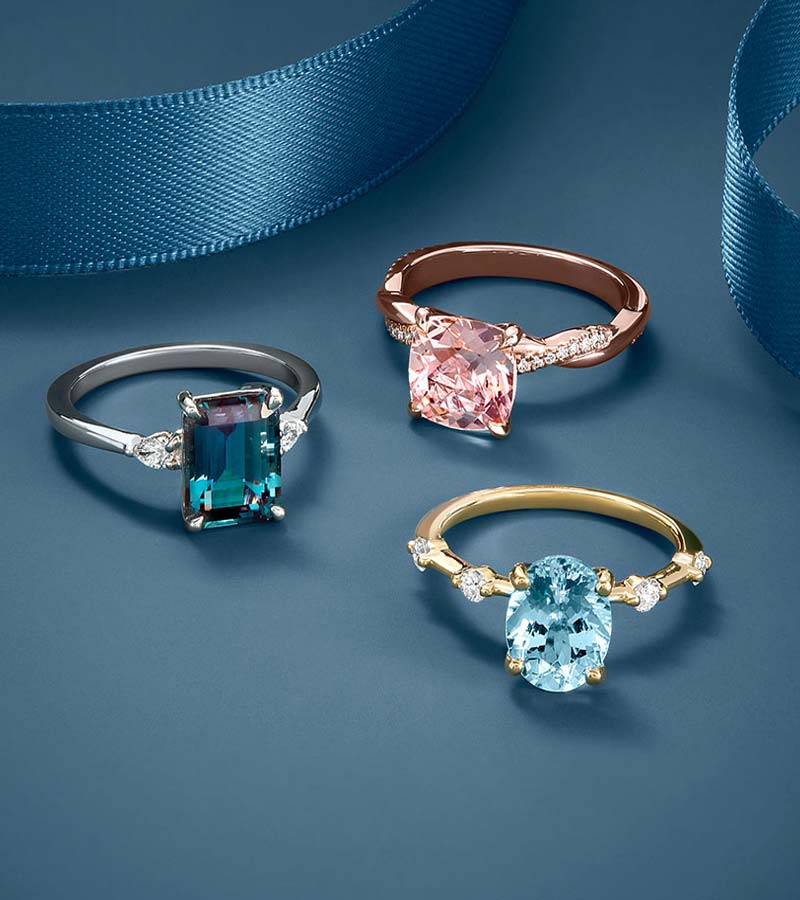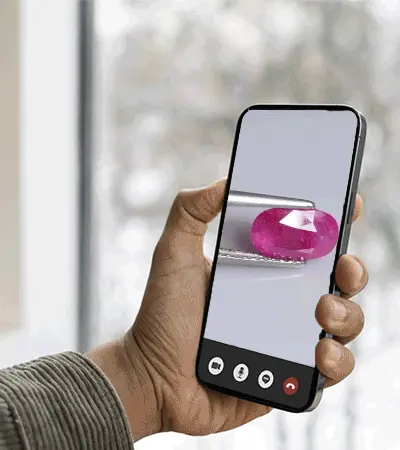For centuries, gemstones have been praised for their beauty and believed to have spiritual powers. Yet many clients ask me whether wearing the wrong one can actually cause misfortune. In this blog, I will explain what I have learned through practice and tradition.
Why Gemstone Compatibility Matters
In my experience, gemstones are not random accessories. They are linked with planets, energies, and ancient traditions. A stone that suits one person may not suit another. For example, an original Neelam stone is powerful but also demanding. Without astrological alignment, it may create restlessness. This is why I always recommend professional consultation before wearing such a gem.
The same care applies to other natural gemstones. Whether we talk about an original ruby stone, a natural opal stone, or even an original pearl stone, every gem has a purpose. Wearing the wrong one may not literally cause “bad luck,” but it could create an imbalance in mind and body.
Who Should Wear Blue Sapphire (Neelam Stone)? नीलम किसे धारण करना चाहिए !
Stories From My Experience
I recall a client who bought an original Neelam stone without advice. Within weeks, he felt unsettled and returned to ask why. After checking his chart, I explained that Saturn’s energy was not favorable for him. When he switched to a different gem, his peace returned. Such cases remind me how important it is to match stones with personal requirements.
Another client once focused only on the original manik ratan price without checking suitability. She was drawn by affordability, but Ruby’s fiery energy did not align with her chart. Her experience highlights why price should not be the only factor. Even the most valuable gem, if mismatched, may not bring the expected results.
The Role of Tradition and Belief
It could be said that much of gemstone power depends on cultural and spiritual interpretation. Many traditions warn against careless use. A natural opal stone, for instance, is linked with creativity and emotions. Yet if worn by someone not aligned with Venus energy, it may bring confusion rather than clarity.
Similarly, the original pitambari stone carries a dual energy of Jupiter and Saturn. When suited, it can bring stability and growth. When mismatched, it may feel heavy or obstructive. I have seen clients thrive with an original pitambari stone, but also seen others set it aside after discomfort. This variation shows how personal gemstone use really is.
Major Points to Consider While Selecting a Natural Red Coral (Moonga) Stone
Balancing Skepticism With Faith
From an academic perspective, one might argue that gemstones cannot directly cause harm. Their effects may be psychological rather than physical. Yet as someone who has worked with countless clients, I acknowledge that belief itself shapes experience. If a person feels that a stone is unsuitable, that sense can influence mood and decisions.
This is why I encourage transparency. Buyers often ask me about the original manik ratan price or how to identify an original ruby stone. I explain both the financial aspects and the traditional associations. With clear knowledge, clients can make informed choices rather than rely on chance.
Signs That a Stone May Not Suit You
I usually tell clients to watch for certain signs after wearing a gemstone. Persistent discomfort, anxiety, or strange dreams could indicate misalignment. Physical unease, while rare, may also occur. In such cases, removing the stone is advisable. Consulting with an expert helps confirm whether it was a mismatch or simply an adjustment phase.
I have noticed this with pearls as well. An original pearl stone often calms emotions. Yet when worn by someone unsuited, it may amplify sensitivity instead of easing it. The same goes for natural gemstones like opal or sapphire. Their effects differ based on individual charts.
Know the Difference Natural Basra Pearl Stone (Moti), Cultured Pearl & Natural Pearl
The Importance of Authenticity
Authenticity is just as critical as suitability. Fake or treated stones rarely deliver the same impact. An original neelam stone, if certified and untreated, carries the strength of Saturn. A synthetic copy, however, is little more than colored glass. The same truth applies to the original pitambari stone or a natural opal stone. Without certification, promises of power remain unconvincing.
Conclusion
Wearing the wrong gemstone may not curse someone with bad luck, but it can create imbalance or discomfort. I have personally seen clients benefit when guided correctly and struggle when acting impulsively. The lesson is clear: gemstones must be chosen with care, authenticity, and professional guidance. Whether it is an original ruby stone, an original pearl stone, a natural opal stone, or even a sought-after original pitambari stone, success comes from alignment. In my view, the safest path is to treat gemstones not as fashion but as part of a thoughtful journey into natural gemstones.
 +919953660004
+919953660004 +18886144437
+18886144437 +44
8081965700
+44
8081965700





